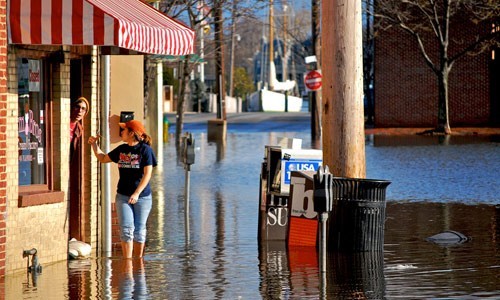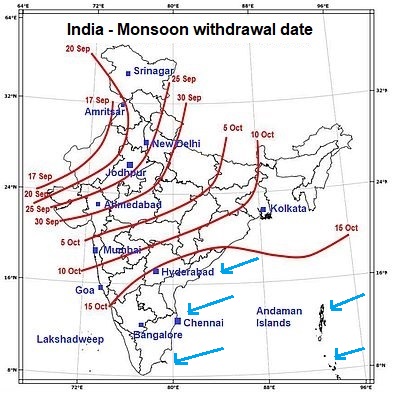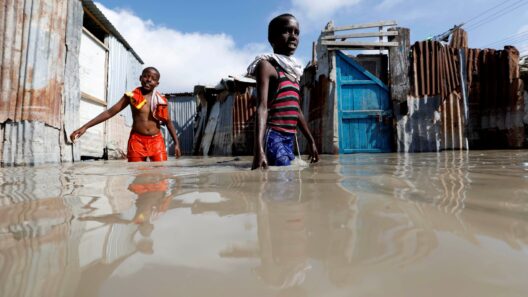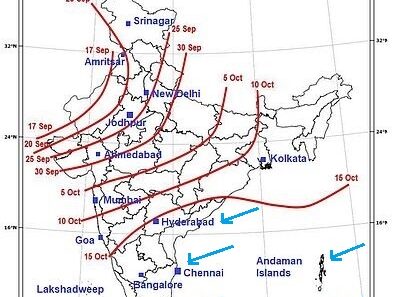Maryland, a state wrapped around the scenic Chesapeake Bay, exhibits a remarkable climatic diversity that reflects its geographical variety, from coastal plains to rolling hills and mountainous regions. This diversity not only influences the state’s ecosystems but also significantly impacts its agriculture, economy, and the health of its residents. Understanding Maryland’s climate is essential in grasping how climate change affects its unique environments and communities.
The climate of Maryland is defined as a humid subtropical climate, featuring four distinct seasons. Winters can bring frigid temperatures, especially in the western mountains, while summers are typically hot and humid across the state. This seasonal variation yields a rich tapestry of weather patterns that are both beneficial and challenging.
During the winter months, particularly from December to February, temperatures across Maryland can plummet. In the western part of the state, near the Appalachian Mountains, residents can expect significant snowfall, with accumulations that often create picturesque winter landscapes but can also disrupt daily life. In the Central and Eastern regions, conditions may be milder, though cold snaps can still cause significant chills and frost. This variability presents complications, particularly as climate change drives alterations in precipitation patterns, leading to more unpredictable winter weather.
Spring heralds a transformation, as Maryland emerges from the cold grasp of winter. From March to May, temperatures begin to rise, ranging widely from the upper 40s to the upper 70s Fahrenheit. This season is characterized by blooming flora, a vibrant display of blossoms ranging from cherry trees to dogwoods. However, spring can also be tumultuous, with the potential for severe thunderstorms and increased precipitation. The state’s agricultural sector particularly benefits from this season as farmers prepare their fields for planting. Increased rainfall, occasionally from sudden downpours, can lead to flooding, affecting crop yield and soil erosion.
As spring fades to summer, the climate transitions into a warm and humid atmosphere that can be both oppressive and invigorating. Summer temperatures, from June to August, can rise into the 90s, and humidity levels often exceed comfortable thresholds. The coastal region, kissed by the waters of the Chesapeake Bay, experiences moderating effects from the bay, which can create microclimates that are often cooler than inland areas. Despite this relief, heatwaves can occur, leading to health warnings and increased energy consumption as air conditioning usage skyrockets. The summer months are a prime time for recreational activities, drawing countless visitors to the bay, where fishing, boating, and swimming take center stage.
Autumn brings a breathtaking display of foliage that attracts tourists nationwide. From September to November, temperatures begin to recede, creating a temperate atmosphere ideal for outdoor festivals and harvests. Farmlands are abuzz with activities as crops are gathered and preparations are made for winter. Maryland’s cider and pumpkin festivals symbolize the agricultural bounty enjoyed before the onset of winter. However, autumn is also a harbinger of potential tropical storms and hurricanes, which can strike the coast and result in high winds and heavy rains, causing substantial property damage.
Because of its geographical position, Maryland is often at the mercy of various meteorological phenomena. The state is subject to nor’easters, which can dump snow and rain over large areas, as well as the impacts of hurricanes that range from distant glances to direct hits. Understanding these patterns is critical for emergency preparedness and resource allocation for communities.
Climate change has emerged as a pivotal issue affecting Maryland’s weather patterns. Warmer temperatures have been observed consistently, altering the seasonal cycles and effects on local flora and fauna. The increasing intensity and frequency of storms, combined with rising sea levels due to melting polar ice, threaten coastal areas, particularly those bordering the Chesapeake Bay. Communities must grapple with the implications of shoreline erosion, saltwater intrusion, and habitat loss. Wetlands, which serve as vital buffers and natural water filters, are at risk, impacting biodiversity and water quality.
The repercussions of climate change are far-reaching. Ecologically, alterations in temperature can disrupt the natural rhythms of seasonal cycles for both plant and animal species. This can lead to mismatches in pollination timing and food availability, affecting everything from the iconic blue crab populations to migratory birds. Furthermore, changes in precipitation patterns can exacerbate flooding, posing risks to homes, infrastructure, and agriculture.
Efforts to combat climate change in Maryland are increasingly robust. The state has undertaken numerous initiatives to mitigate greenhouse gas emissions and promote sustainable practices. Programs focusing on renewable energy, such as solar and wind, aim to reduce reliance on fossil fuels while enhancing energy efficiency statewide. Public awareness campaigns and environmental education are crucial in fostering community engagement and encouraging residents to adopt sustainable practices.
In summary, Maryland’s climate provides a dynamic environment characterized by its variable seasons and geographical diversity. As climate change unfolds, the implications for the state’s weather, ecosystems, and communities are significant. Acknowledging these patterns and promoting adaptive measures is vital for preserving Maryland’s natural beauty and sustaining its way of life for generations to come.








